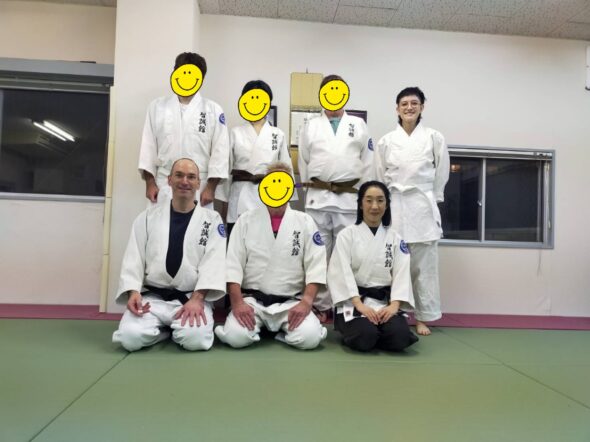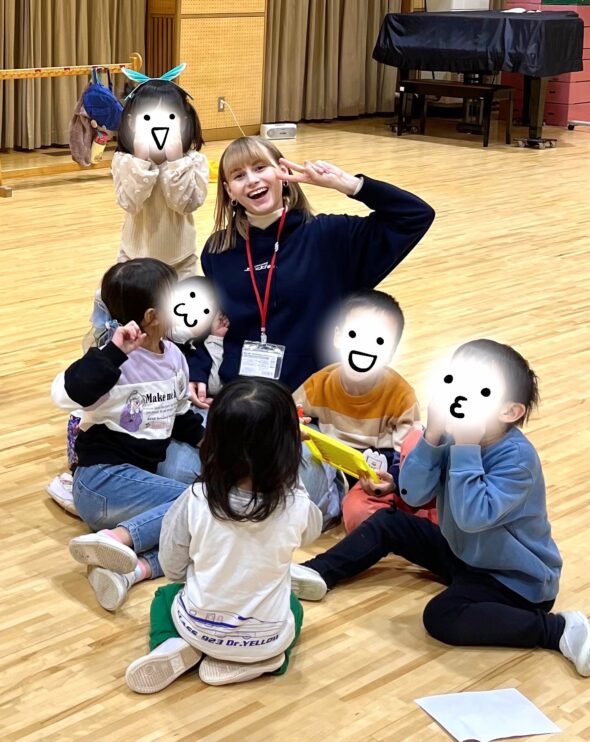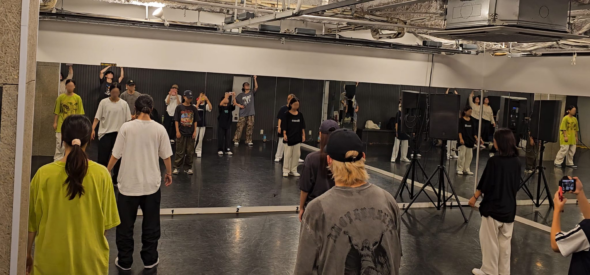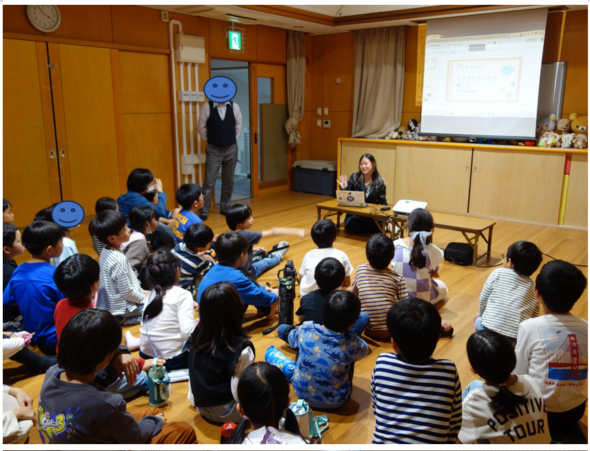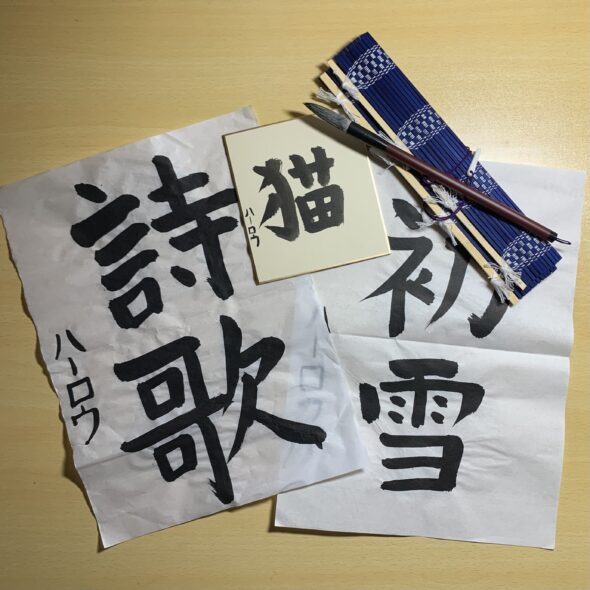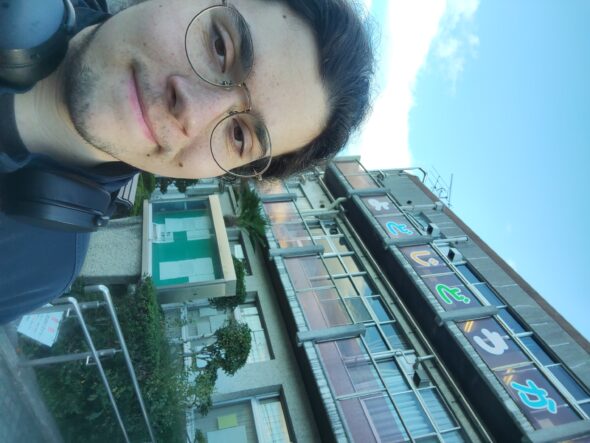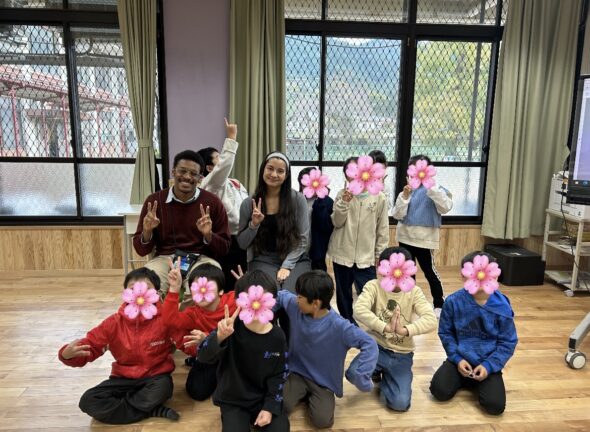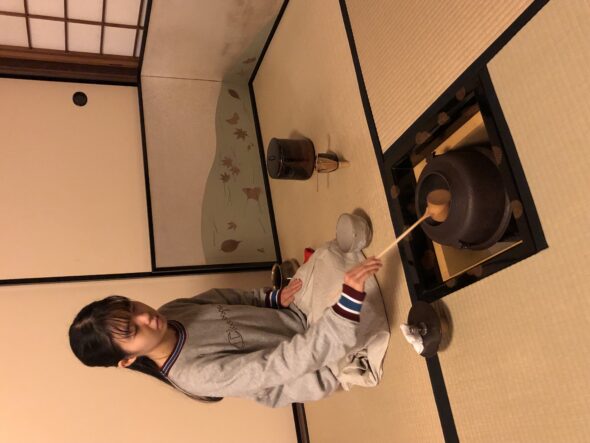 For my Community Involvement Project (CIP), I learned Japanese tea ceremony at 幽静庵 (yuseian), which is a tea room that was designed by 井口海仙宗匠 (Iguchi Kaisen), the brother of the 14th Urasenke Grandmaster 淡々斎御家元 (Tantansai). At the 幽静庵, I had many precious experiences, including learning various tea preparation procedures (お点前, otemae) and participating in a special ceremony to celebrate the change of season called 口切 (kuchikiri).
For my Community Involvement Project (CIP), I learned Japanese tea ceremony at 幽静庵 (yuseian), which is a tea room that was designed by 井口海仙宗匠 (Iguchi Kaisen), the brother of the 14th Urasenke Grandmaster 淡々斎御家元 (Tantansai). At the 幽静庵, I had many precious experiences, including learning various tea preparation procedures (お点前, otemae) and participating in a special ceremony to celebrate the change of season called 口切 (kuchikiri).
The 幽静庵 was always filled with the smell of burned incense and charcoal, and was the perfect place to learn authentic Urasenke school Japanese tea ceremony. The teacher was very kind and always taught us interesting histories and background stories in Japanese tea ceremony. Learning about Japanese culture and values while drinking a bowl of matcha and eating the finest seasonal sweets was a very peaceful and delightful time.
I strongly recommend anyone interested in learning about Japanese aesthetics or traditional arts to have a semester of Japanese tea ceremony experience. Japanese tea ceremony teaches you the spirit of Japanese hospitality, and through preparing a bowl of matcha, you will be filled with calmness and have the chance to quietly face yourself.

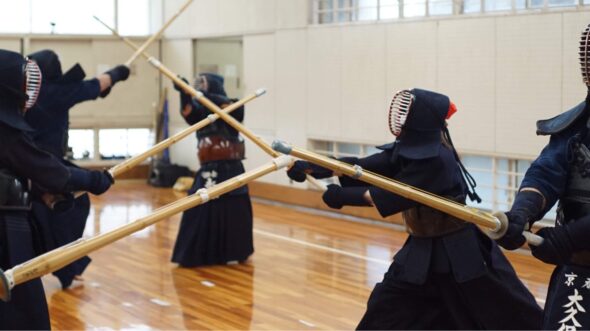 For my CIP this semester I did kendo three or four times a week at Kyoto University Kendo Club. Kendo is
For my CIP this semester I did kendo three or four times a week at Kyoto University Kendo Club. Kendo is